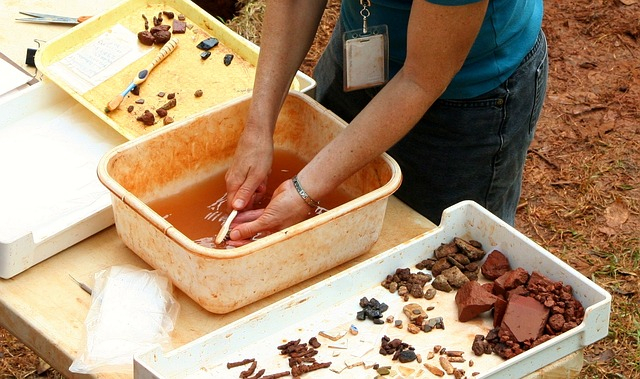
Over the years science, technology and space mission have helped the humankind to grow and develop the world. But can they help to dig deep inside to find lost ancient cities or archaeological miracle? Yes, they can.
When archaeologists apply a space-based data to understand the modern landscape, to find out the lost river or archaeological sites, it means they are doing "space archaeology" or "satellite archaeology." It should be noted that this concept is not new, as the US space agency NASA began its "Space Archaeology" program in 2008.
The space archaeology, also known as satellite remote sensing, requires to spend dozens of hours per week in front of a computer screen to look for evidence that would reveal what is hidden under the land. When they find something by analyzing the reflection of light on the ground which varies due to chemical signature, then the archaeologists get a hope to achieve what they're looking for.
It should not be forgotten that space archaeology or the technology called remote-sensing helped the researchers to unearth the Maya site of Caracol in Belize, which dates back to over 1,000 years.
Diane and Arlen Chase, an archaeologist couple at the University of Nevada, Las Vegas, had worked at the Mayan site for almost 30 years using laser-imaging technology called LIDA, that was extremely new then.
It was John Weishampel, a biologist at the University of Central Florida who told the couple about this technology but they said they were skeptical and never heard of it before. But the couple were enthusiastic about the idea of bringing more funding to their site.
They told John to go ahead with his grant application. As per the reports when John collected all the data and displayed images to Alen and a small group, they realized that the same thing was on everyone's minds, while another archaeologist stated that this was the data which can be used for a hundred Ph.D. dissertations.
Diane called John and said that the whole night Arlen was looking at the images. This one night changed the entire field of Mesoamerican archaeology. Soon Arlen found more ancient Maya sites than he discovered in 30 years.









